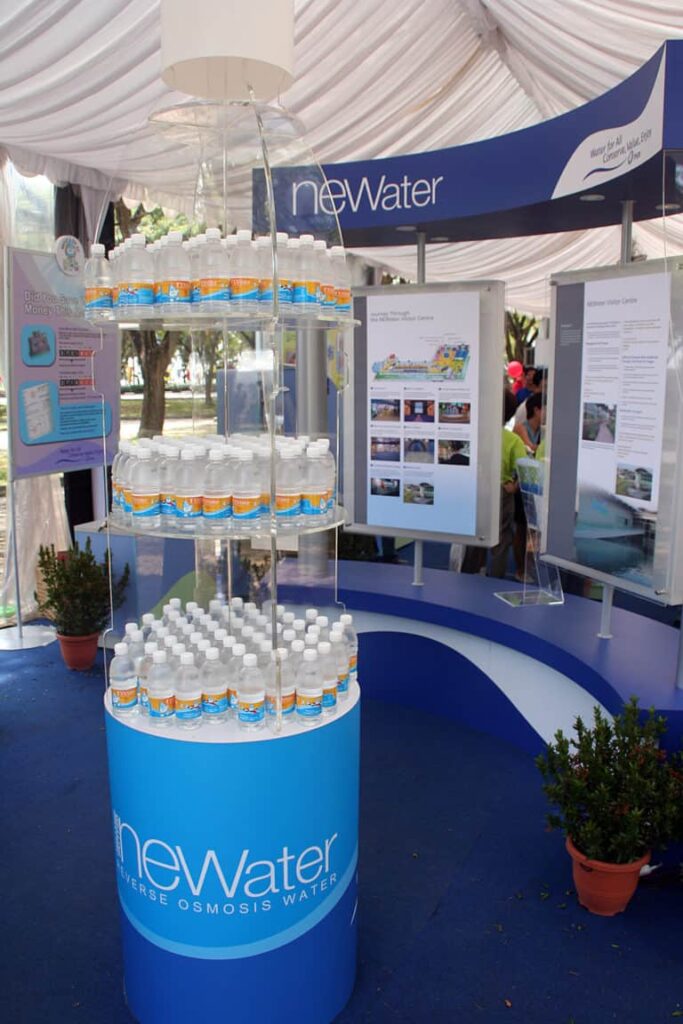Sanitation

Managing wastewater and sewage falls under the umbrella of sanitation. Sewers themselves can be a massive infrastructure undertaking incorporating thousands of miles of drainage pipes intended to transport solid-laden waste flows from homes and businesses to wastewater treatment plants. Municipalities usually build wastewater treatment plants at a low elevation, so that the sewage can flow by gravity to the facility. U.S. wastewater treatment requires between 2.5 to 5 kilowatt-hours per million liters (955 and 1,900 kWh/million gallons), depending on the number of treatment stages and the level of cleanliness.1A. S. Stillwell, et al., “The Energy-Water Nexus in Texas,” Ecology and Society (Special Feature on The Energy-Water Nexus: Managing the Links between Energy and Water for a Sustainable Future) 16 (2011). However, local treatment standards can increase energy requirements. Municipally owned wastewater treatment facilities are usually the single largest energy expense for city government.
End to end, treating water, treating the wastewater that is produced, and then treating the effluent from the wastewater treatment plant again to potable standards is less energy-intensive than desalination. Therefore, closing the loop and using treated effluent is one option for reducing the energy requirements of the water system. Some call this process “toilet to tap,” which crudely reduces the system to its inputs (water flushed down the toilet) and outputs (tap water). This system occurs indirectly when cities discharge effluent to a river or aquifer for use downstream. Houston drinks wastewater from Dallas, and Belgrade drinks wastewater from Vienna.
“Toilet to tap” systems work in practice. Singapore built its NEWater facility in 2000, which provides 60 million gallons (227 million liters) of water per day—30% of the country’s drinking water—from reclaimed wastewater. 2For more information, see: “NEWater,” PUB, Singapore’s National Water Agency, May 30, 2014, accessed January 3, 2015, link.The government plans to triple its capacity by 2060. Water recycling and toilet-to-tap treatment systems are also valuable for military use cases. Shipping water to the front lines of battle is an expensive and potentially deadly proposition, meaning that the cost of water per gallon ultimately is several orders of magnitude higher as delivered to the military theater than to the local grocery store or into taps. Consequently, the U.S. military tests and deploys on-site water treatment systems to make potable water from degraded streams. The initial expense of shipping and installing these systems to forward operating bases mitigates additional expense in capital and human resources later.

The International Space Station also uses reclaimed water to produce drinking water. Because costs for shipping to space range between $4,500 to $41,000 per kg ($10,000 to $90,000 per pound), shipping freshwater to astronauts in space costs anywhere from just under $27,000 to $200,000 per liter ($100,000 to nearly $750,000 per gallon).3Norman Chan, “What SpaceX’s Dragon Brought to the International Space Station,” Tested, May 25, 2012, accessed January 3, 2015, link. To save money and avert the potential disaster a water shortage would cause, the space station collects and treats gray water from washing, urine, and condensed moisture from breath and sweat for treatment into potable freshwater. Systems remove soap, skin cells, dirt, and nitrogeneous matter from the urea in the urine according to strict water purity standards to eliminate and prevent any waterborne illnesses. Space stations do not have any black water, since they lack sewers, so the treatment requirements are less intensive than similar treatments on Earth.
Image Credits: SKY2015/Shutterstock.com; Huaiwei/CC BY-SA 2.5.


